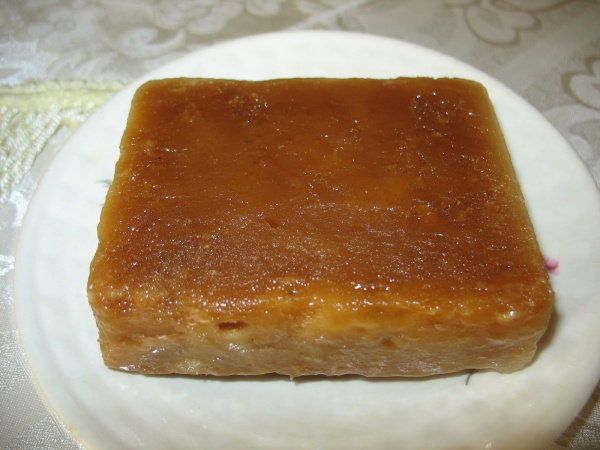Facts About Panela
Panela, also known as rapadura, is a type of unrefined whole cane sugar that's a staple in Central and Latin American kitchens. Made by boiling and evaporating sugarcane juice, panela has a distinctive, rich flavor characterized by smoky, caramel-like, and earthy notes, which sets it apart from regular brown sugar, typically white sugar mixed with molasses.
Depending on where you are in Latin America, panela is referred to by various names. In Chile and Peru, it’s called chancaca, while in Mexico, it's known as piloncillo. Panela is available in several forms, such as liquid, granulated, or solid blocks. Its versatility makes it suitable for a range of uses, including baking, confectionery, and the production of soft drinks, vinegar, beer, and even wine.
Colombia is the largest producer of panela, and the industry plays a crucial role in the country's economy. Many Colombians rely on the panela sector for their livelihoods, making it a significant part of the agricultural landscape. Besides Colombia, countries like Ecuador, Guatemala, Mexico, Panama, Peru, Chile, Venezuela, Brazil, and Bolivia also produce panela, which is a key ingredient in numerous traditional dishes and beverages, such as Colombia’s aguapanela and Peru’s chancaca.
There are health claims suggesting that panela is healthier than refined sugar due to its lower glycemic index and higher micronutrient content. However, it is important to note that panela is still sugar, and the research supporting these health benefits is limited.
Colombia celebrates its panela heritage each year with the National Panela Pageant in Villeta, Cundinamarca. This vibrant festival honors the hard work and craftsmanship of those in the panela industry and aims to foster regional and national unity. The event culminates in the crowning of a National Queen, selected for her beauty, popularity, and knowledge of panela production and marketing.

 Panama
Panama